Is it better to paint small rooms light or dark? Here's what the top colour experts have to say
We ask our favourite colour experts for their advice
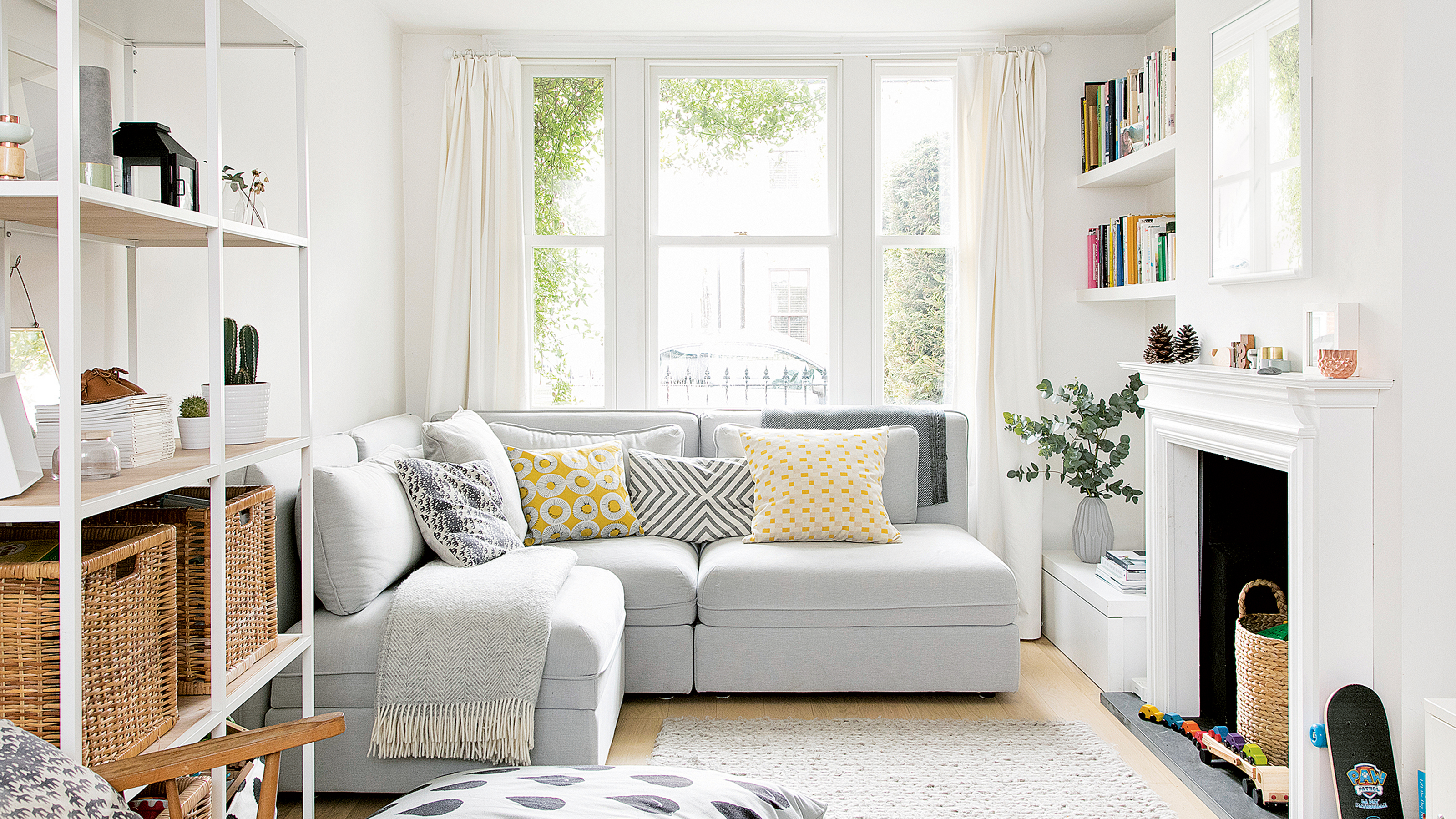
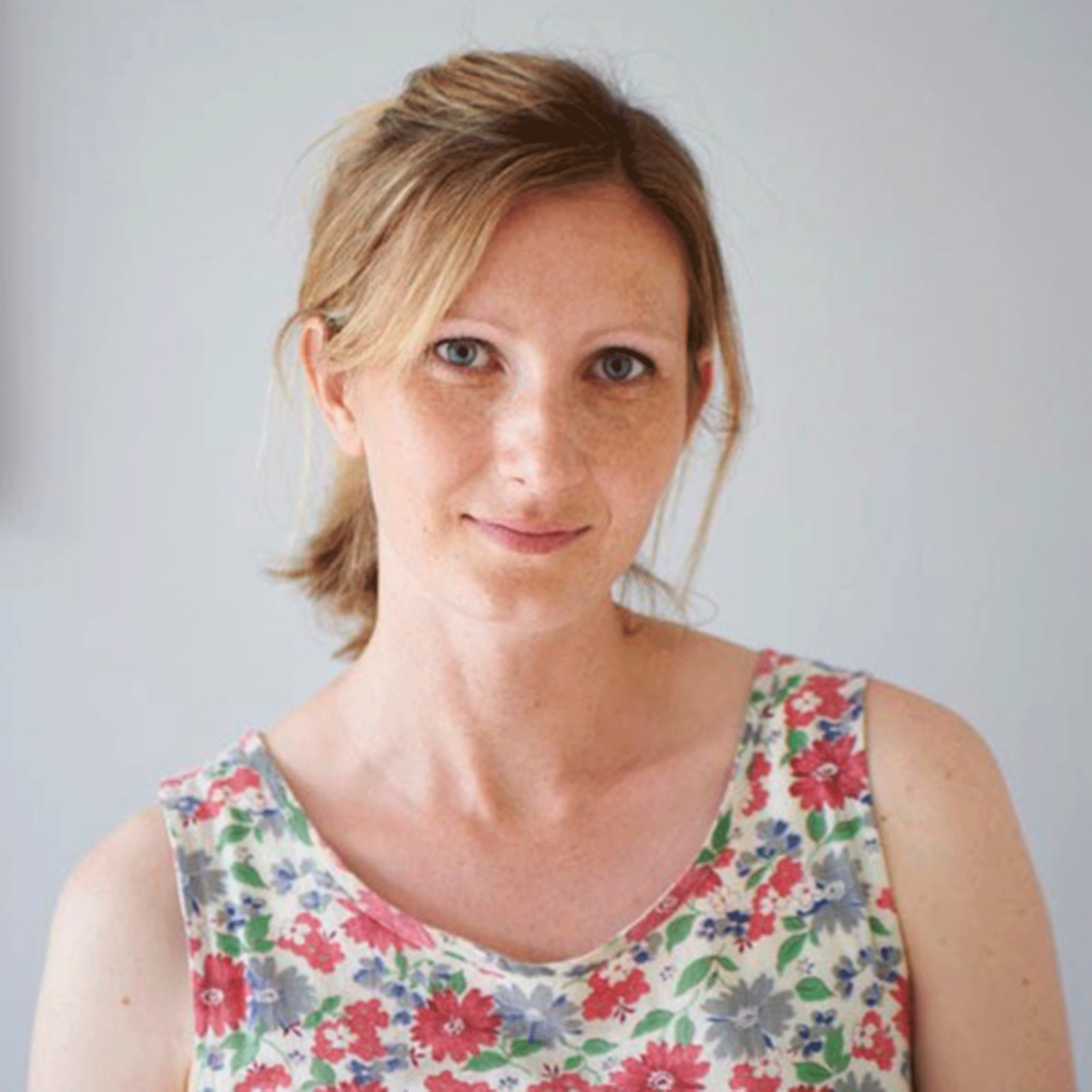
Small rooms are often tricky when it comes to choosing colour schemes, whether you're decorating a small living room, small bedroom, or bathroom, and there's the age-old question that immediately springs to mind: should small rooms be painted light or dark?
'Whether painting small rooms in light or dark colours, the key is to create a harmonious balance that suits the space and its function,' Dominic Myland, CEO of Mylands.
When faced with a small room our first thought is usually 'white' and yes, that will often work successfully. The best white paint is extremely effective as it bounces the light and really does create the illusion of space, but, if white isn't your thing then there are other colours to consider that will also do the job.

Established in 1884 by Dominic’s grandfather, Mylands is Britain’s oldest, family-owned and run paint and polishes manufacturer. Working across all areas of the company from the factory to the boardroom, Dominic took over the company from his father in 1998 and continues the family tradition of perfection in paint.
Should small rooms be painted light or dark?
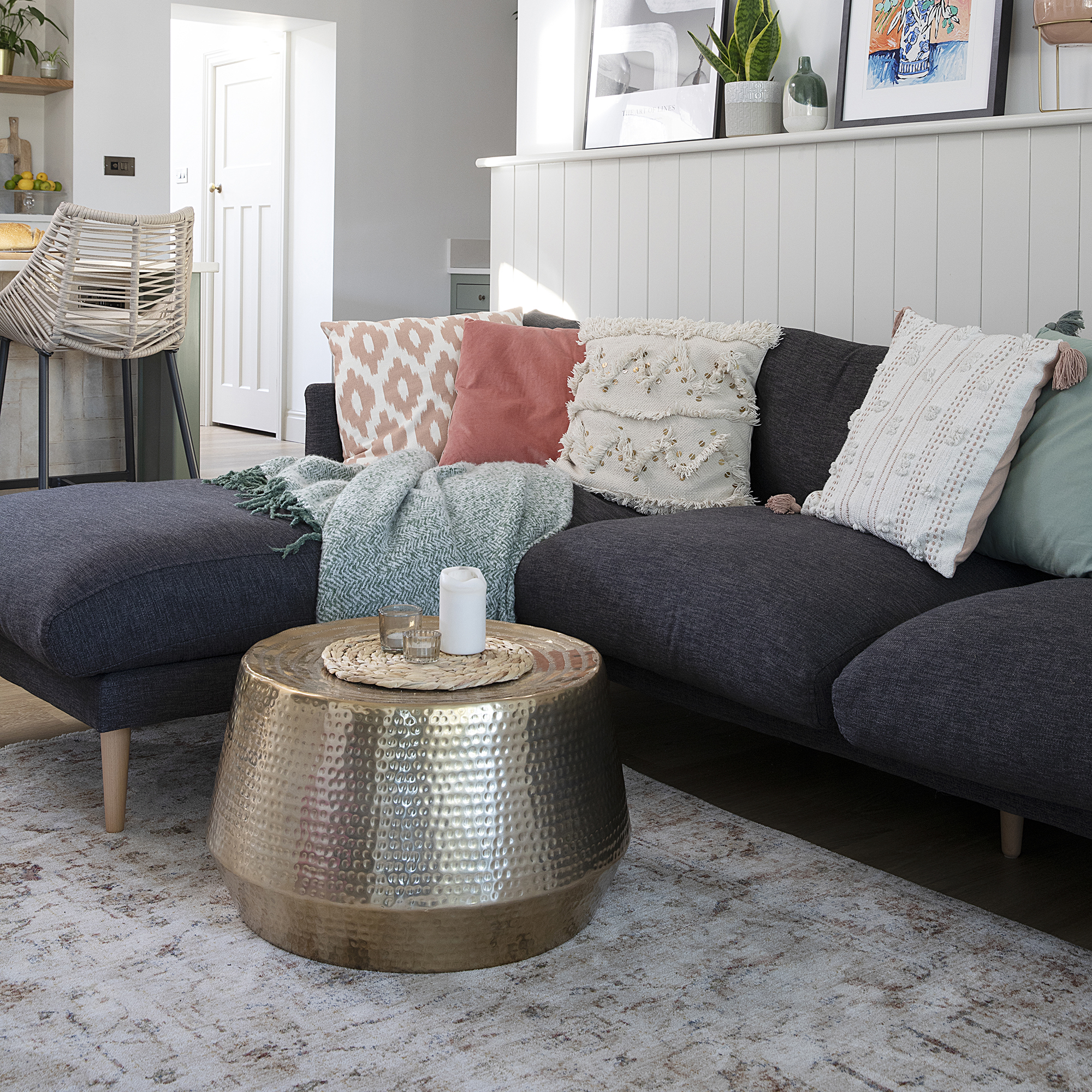
Top of the list of things to consider is how you want to feel in your small room. Light and airy? Cosy? It's also wise to have a good think about what colours you're drawn to. Go and pick up some some paint samples and paint them on A4 sheets, then hang them around your space and see how they change in the light over a few days.
'Although it may sound counter-intuitive, dark walls will recede and give a sense of depth to a small space,' says Patrick O'Donnell, brand ambassador, Farrow & Ball. 'This is also often a solution for poorly lit rooms such as north-facing spaces.'
One option is to choose a mid-toned colour that can work across both light and dark rooms. 'Light shades such as sage greens are a great choice for smaller rooms as they make the walls look taller and the room feel larger,' explains Justyna Korczynska, senior designer, Crown.
What is the best colour to paint a small room?
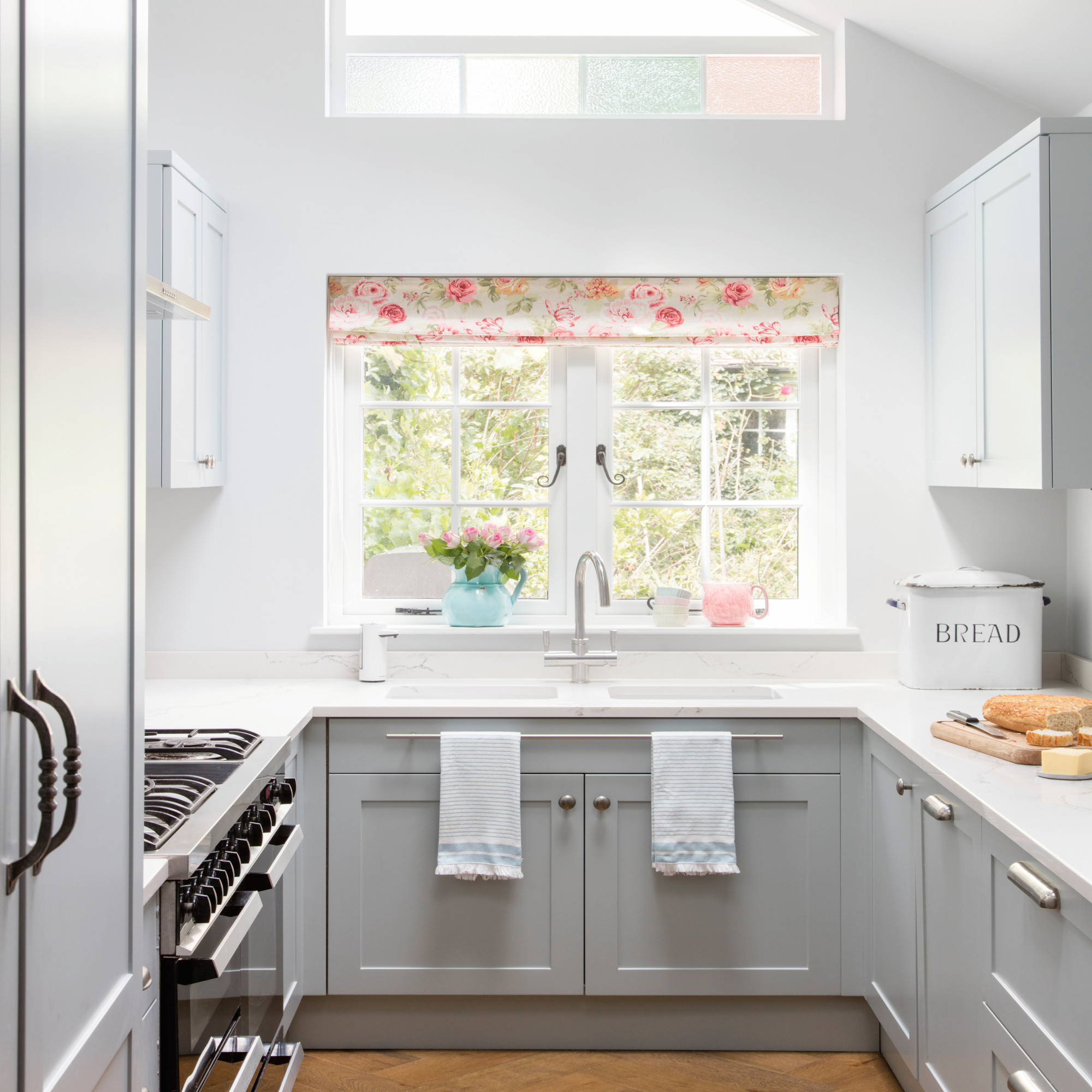
As mentioned, lighter colours tend to be more frequently considered in a small room than dark shades. They help to expand the place visually and create a lighter feel. Colours to consider in this instance are softer shades – pale grey small living room ideas are a favourite, as well as lighter hues of blue or blush pink. And don't forget neutrals like oatmeal, mocha and caramel, as they'll add warmth without being too intense.
Get the Ideal Home Newsletter
Sign up to our newsletter for style and decor inspiration, house makeovers, project advice and more.
On the flip side, when mulling over the design debate, 'should small rooms be painted light or dark?' when you're trying to choose the best colour combinations, you might realise that you love the cocooning feel of rich deep shades like plum, chocolate, charcoal and inky blues. It really is about personal choice and thinking about what you want to use the space for and how you want it to feel.
What are the best colours for a small north-facing room?
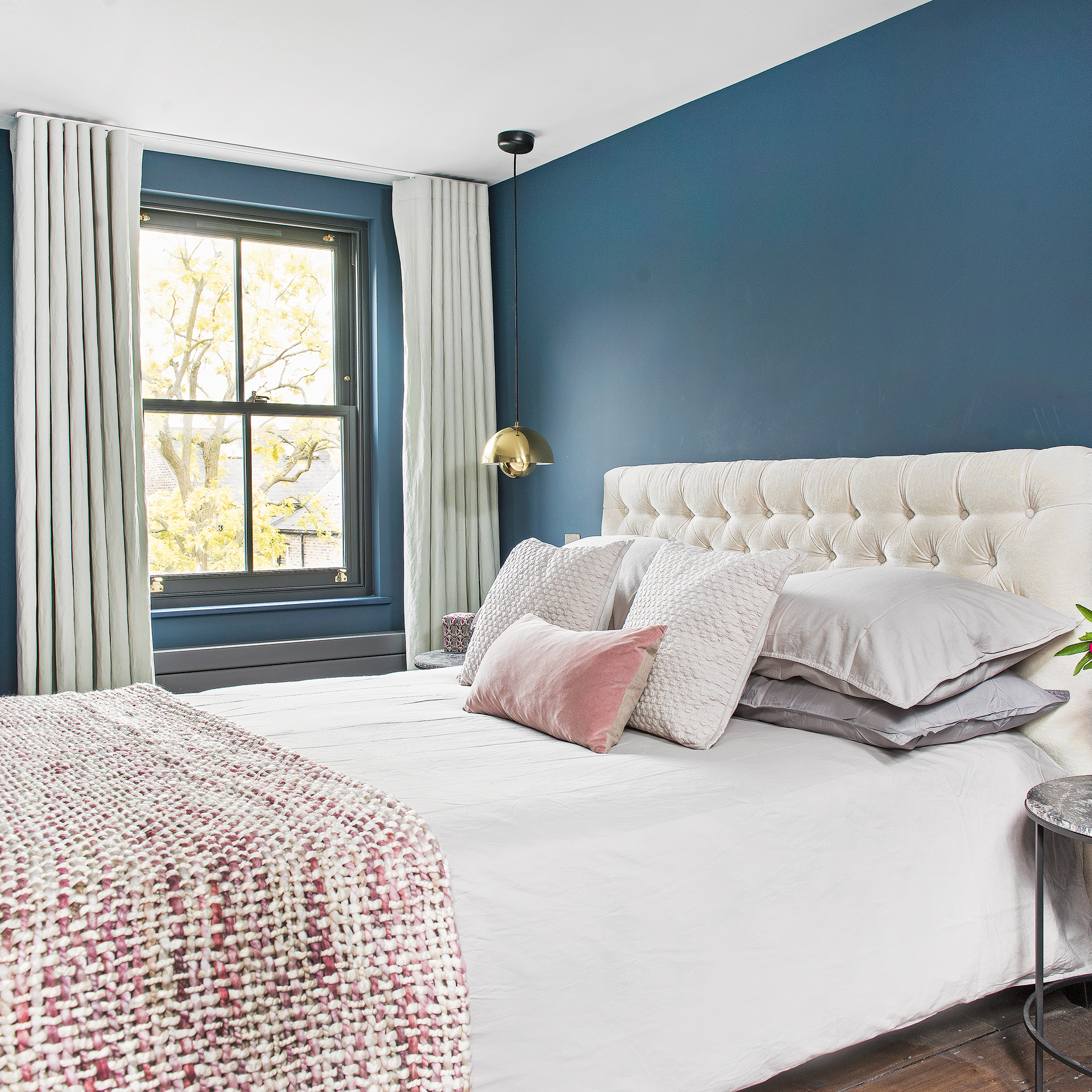
North-facing rooms are those that get little natural light and not much sun. They can have the tendency to feel cold and if you have low ceilings too then that that's a design element that should be factored into your colour choices.
'Many people think of north-facing rooms as cold or dark, due to the lack of warm direct sunlight; to counteract this, inject warmth by using harmonious light neutrals with a warm base tone such as ‘Rolling Fog’ or ‘Travertine’,' says Ruth Mottershead, creative director, Little Greene.
What are the best colours for a small south-facing room?
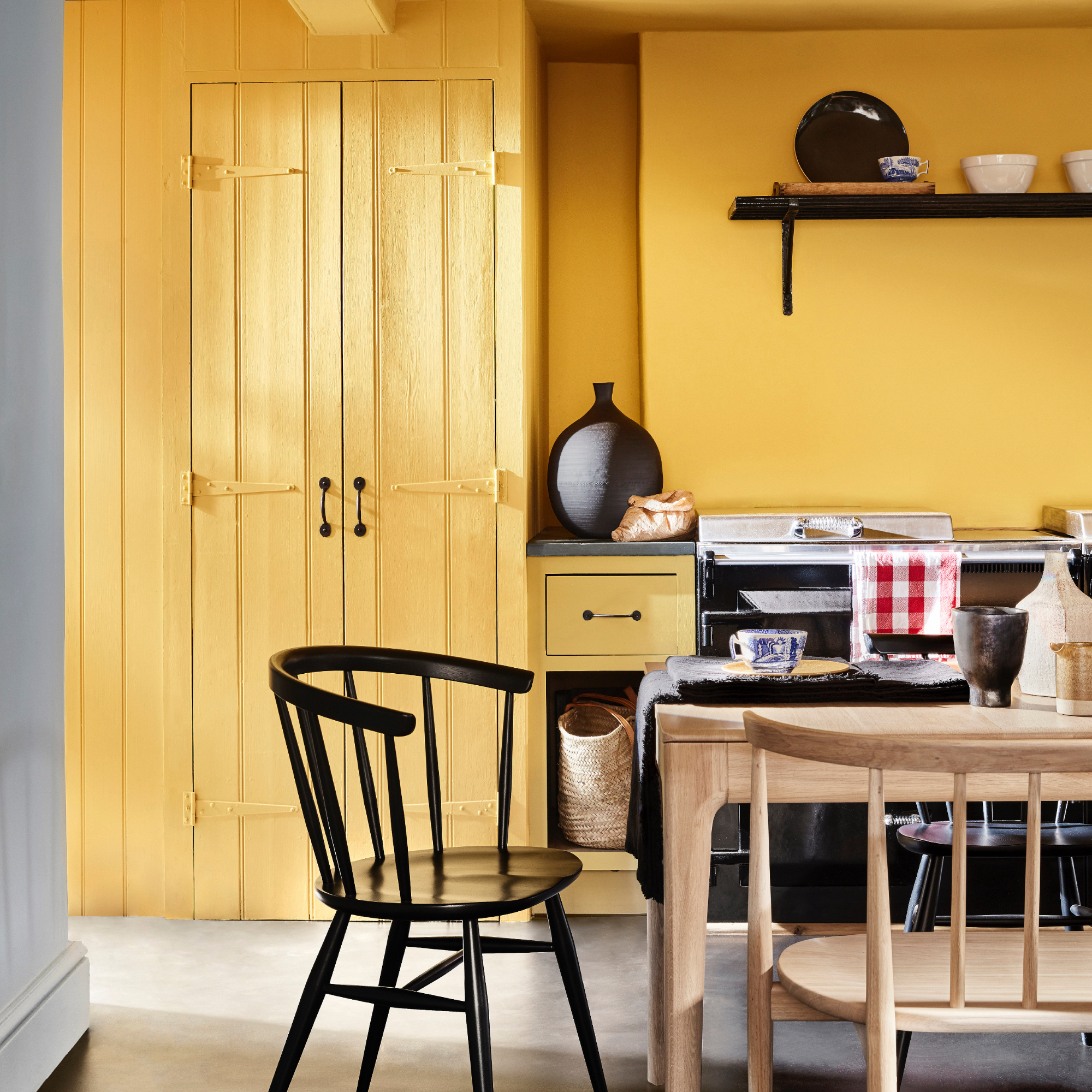
South-facing rooms, believe it or not, can feel too warm as the sun will pour in which can cause colours to feel a little intense. This is where you can choose 'cooler' shades for the perfect balance, whether you're on the side of light or dark in the 'should small rooms be painted light or dark' debate.
'Whether a space is bathed in natural light or has vastly changing light throughout the course of the day, the orientation of each room should be considered separately to ensure that you pick a shade that complements the space,' advises Ruth from Little Greene.
'South facing rooms are often bathed in warmer light, making colours appear more yellow, so cooler shades tend to read as more neutral, and warm tones can often be too intense. North-facing rooms tend to make colours look consistently flatter and cooler than they would when bathed in direct light, use warm colours to avoid this.'
What are the best light colours for a small room?

Home offices and bathrooms can often be on the small side and therefore need some interior design tricks to make them work as perfectly as possible, so take some time over your home office colour schemes or small bathroom colour ideas.
'Small home offices can really benefit from white walls,' advises Victoria Cedeno, brand specialist at furniture company Zinus. 'Not only can this make the room appear brighter and more spacious, but the use of a light colour can have a positive impact on productivity too.'
'To add warmth and create a cosier feel during the winter months, opt for a feature wall. The plywood works perfectly here against the white wall and wooden desk, adding texture, depth and warmth to the space.'
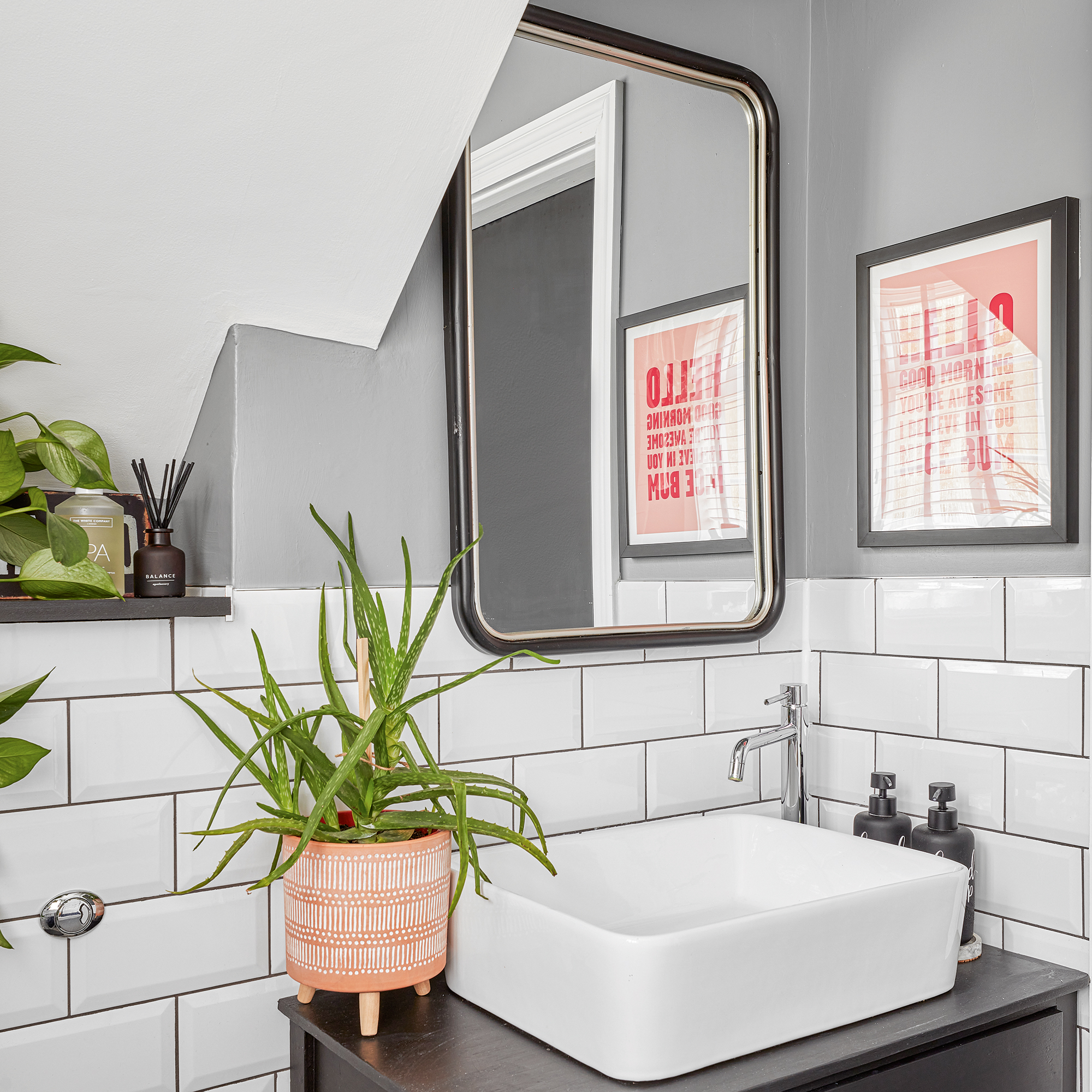
More often than not, bathrooms are the smallest space in the house though one of the most used, so it's important to get it right when choosing your small bathroom colour ideas. 'Consider painting the lower half of the walls in your favourite hue.' suggests Helen Shaw, director of marketing, Benjamin Moore – a clever way to get the question of should small rooms be painted light or dark.
'This not only adds interest, but it can trick the eye into making the space feel bigger – the top half of the walls in white seamlessly blend into the ceiling, making it appear further away. For the lower half, opt for a light pastel colour as this creates a relaxing, sanctuary feel whilst also helping to keep the space open.'
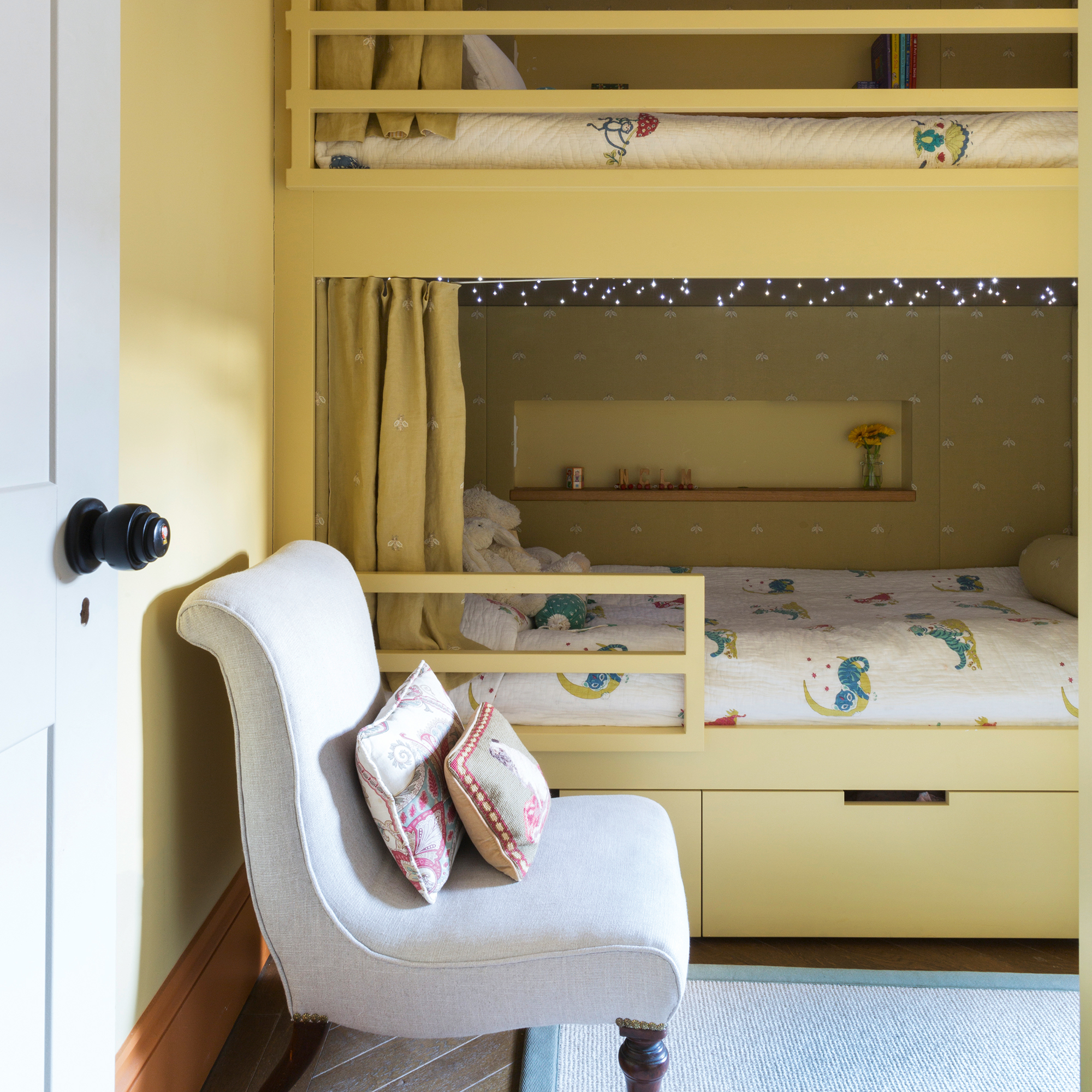
Low ceilings in small living rooms can make you reach for the brilliant white, but consider choosing warming shades instead.
'Taking deeper shades with a warm undertone over both walls and ceiling, will provide the illusion of space, and make you less aware of where the wall stops and the ceiling starts,' explains Patrick from Farrow & Ball.
'You can carry this technique on to furniture such as sofas for small living rooms, too. This will help reduce the sense of volume of furniture in a space where the floor area is at a minimum.'
What are the best dark colours for a small room?
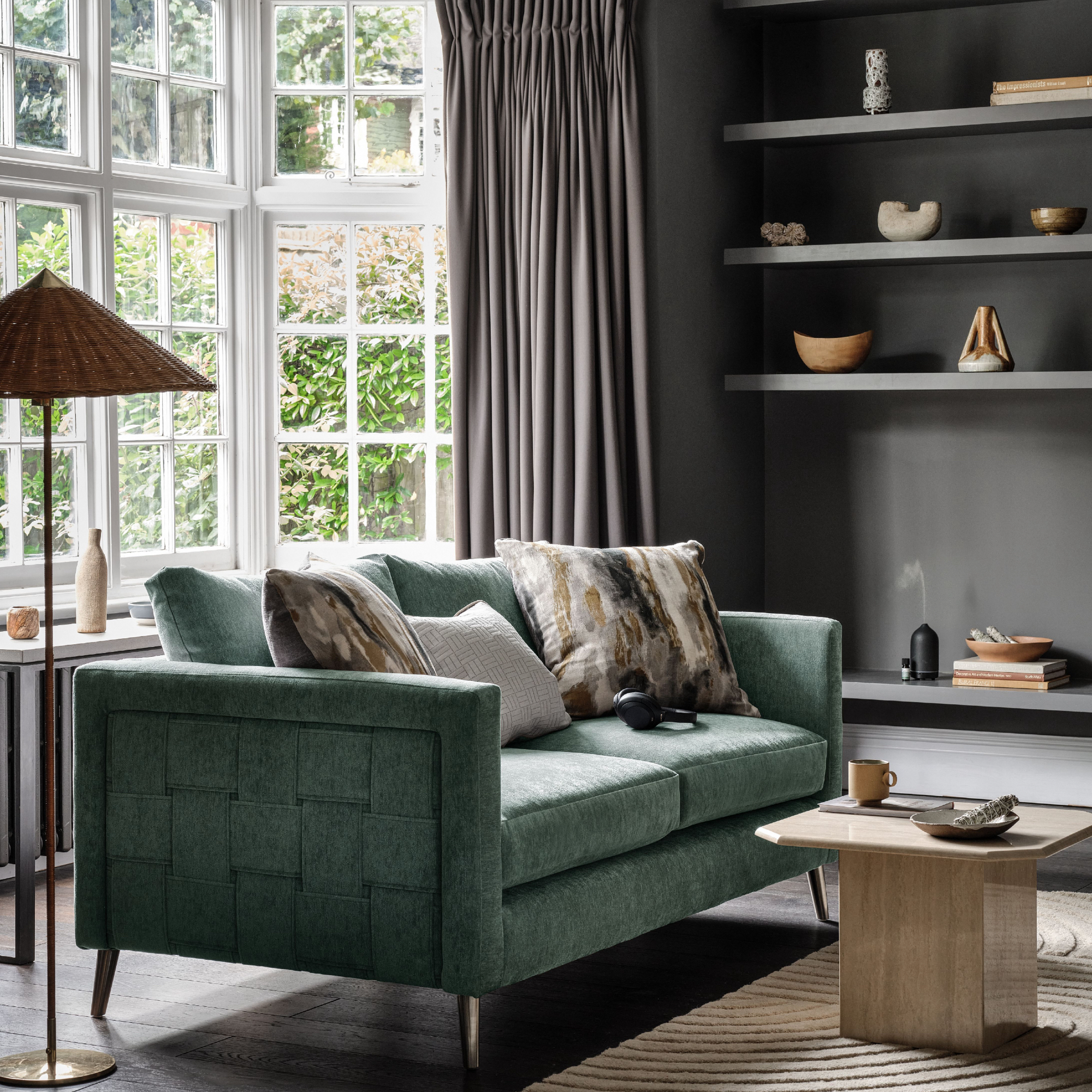
A charcoal grey is a great choice for a small room if you've decided to go to the dark side when weighing up should small rooms be painted light or dark. Break it up with crisp white woodwork and use accents and texture for balance.
'If you have a smaller space, a good rule of thumb in terms of your design is to keep things simple,' says Gisela Lancaster, buying manager, Sofology. 'A monochromatic scheme broken up with one accent colour, such as a grey and white combination, is simple and elegant, and helps to make the room look bigger.
Rattan and wood, earthenware and metallics are wonderful options to consider. Accent colours like emerald green and taupe work well too.
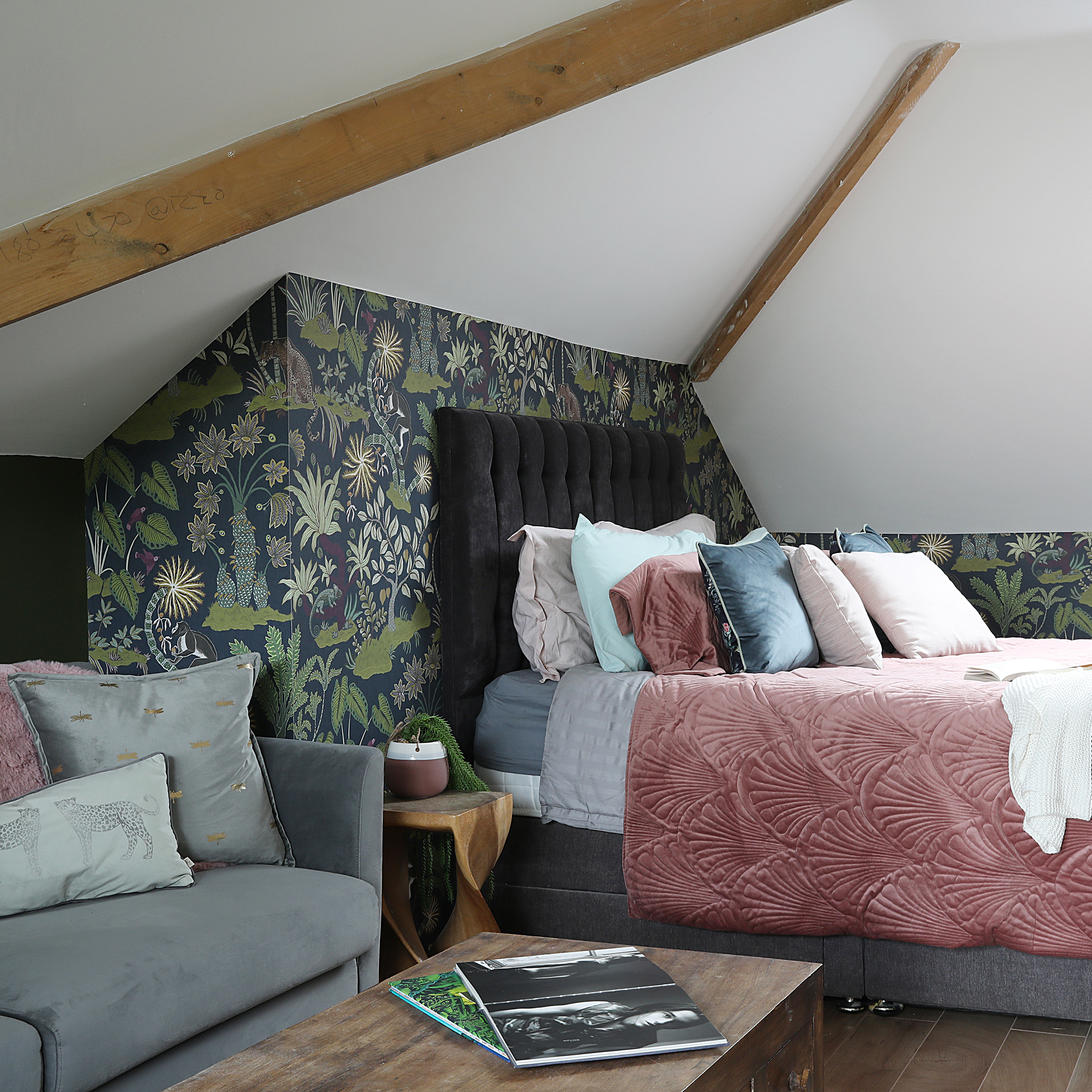
If you love print and pattern then mix that in (wallpaper ideas are a perfect way to achieve this) with a darker shade for a decorative space that's full of interest.
'Dark colours can work wonders in small spaces, creating a sense of cosiness and sophistication,' said Debbie Leigh, design manager at fabric brand ILIV. 'The key to achieving this look is to balance deep tones with well-curated patterns. By using patterned fabrics in upholstery and soft furnishings, you can effortlessly strike the perfect balance that will add depth to a small room.'

Debbie is an expert in creating beautifully coordinated fabric collections that can be easily combined to create harmonious interior schemes. With more than 10 years of experience, she takes every design from conception right through to the finished textile - inspired by the latest trends and techniques from every continent.
'For the best results, use coordinating designs in a range of pattern sizes – for example, if you pick a large-scale pattern as your main one, the second should be half the scale or size of the first, such as a large floral paired with a plaid or geometric pattern,' advises Debbie. 'The third can then be similar to either of the first two but using matching colours.'
'When mixing two or three patterns it’s a good idea to also break them up with the clever use of plains either as plain cushions, trims or borders.'
'If you are unsure, try looking at companion fabric books. These have been carefully selected by fabric companies as pre-mixed harmonious patterns. Alternatively, try collecting samples and creating a mood board to ensure everything works together before starting on the actual room.'

Sophie has been an interior stylist and journalist for over 22 years and has worked for many of the main interior magazines during that time, both in-house and as a freelancer. On the side, as well as being the News Editor for indie magazine, 91, she trained to be a florist in 2019 and launched The Prettiest Posy where she curates beautiful flowers for modern weddings and events.
-
 Will a conservatory add value to your home and how can you maximise it?
Will a conservatory add value to your home and how can you maximise it?This is what the pros say
By Amy Reeves
-
 I’ve been looking for a new signature scent for my home and The White Company's new fragrance is the exact summer holiday smell I needed
I’ve been looking for a new signature scent for my home and The White Company's new fragrance is the exact summer holiday smell I neededSantorini smells fresh, summery and sophisticated
By Kezia Reynolds
-
 How to remove algae from garden walls in five steps – and the cleaning product experts rave about for tackling it fast
How to remove algae from garden walls in five steps – and the cleaning product experts rave about for tackling it fastExperts share their top tips for getting garden walls algae-free
By Katie Sims